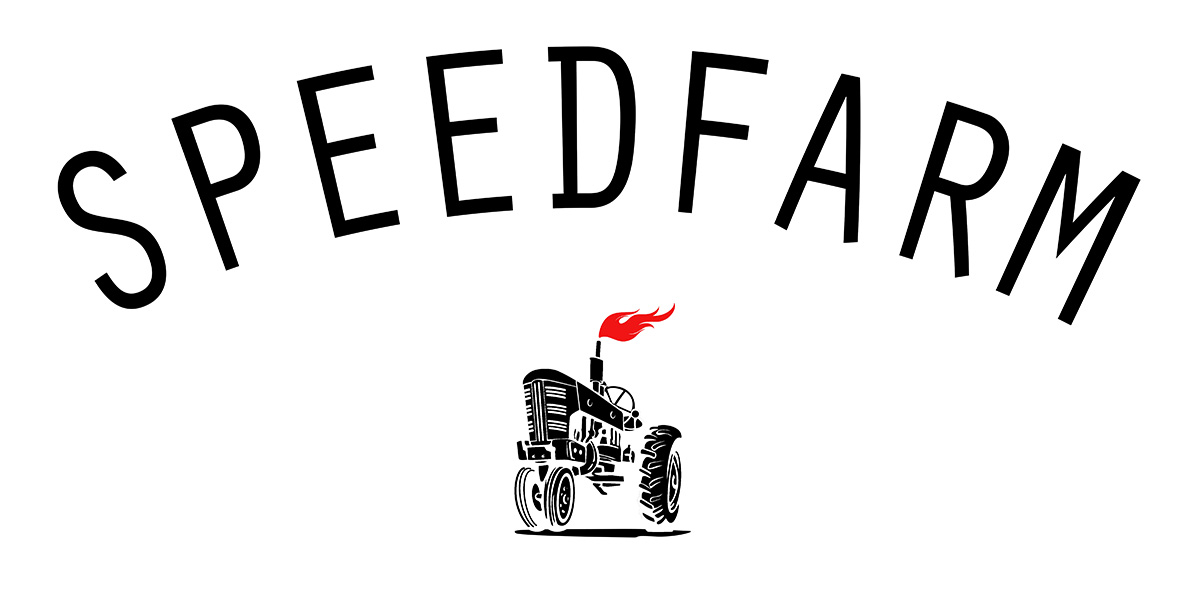Let’s look at a couple of papers this week that further stress the importance of high volume low intensity exercise for endurance athletes, as well as highlight the responsibility of the research subject (you!) to follow the protocol for best results.
I’ll dig a little deeper into properly controlled experimental studies in due course, but for now we’ll look at one more case study and a retrospective analysis. These span the extremes of performance, one looking at an elite 1500m runner, the other a group of average iron distance triathletes.
For the analysis training zones are simplified so that Zone 1 represents work below the aerobic threshold (AeT), Zone 2 is work between the AeT and anaerobic threshold (AT) and Zone 3 is above AT. These correspond to Speedfarming zones Mild, Moderately Hard and Mayhem:)
The case study (Ingham et al., 2012) looked at the training intensity distribution of a male international level 1500m runner over a 2 year period. It was noticed that during the first year this runner performed most of his scheduled easy Zone 1 running at a pace harder than prescribed and also ran his “tempo” sessions faster than planned.
With more careful monitoring, this athlete was able during year 2 to modify his training intensity distribution such that his amount of easy running (Zone 1) increased from 20% to 55% of his training volume. The amount of intense training around threshold (Zone 2) was reduced from 42% to 20% and Zone 3 training was also reduced from 20 to 10%.
These training modifications coincided with an increase in VO2max from 72-79 ml/kg/min and performance improvement from 3:38.9 to 3:32.4 (a new 1500m PR).
On the other end of the endurance spectrum Muñoz et al (2014) tracked the training loads and intensity distributions of 9 triathletes preparing for an Ironman event. The athletes trained under the same coach, were all following the same periodized training plan and preparing for the same event. The authors looked for individual differences in how the training was executed that could explain the variance in performance times during the key race.
Although all of the athletes were assigned the same intensity distribution by their coach during their training program (77% Zone 1, 20% Zone 2 and 3% Zone 3) not everyone followed this program closely. This resulted in a range of intensity distributions, with some athletes obviously pushing harder during their easy workouts, resulting in a greater proportion of time in Zone 2 at the expense of Zone 1 time.
Results:
- There was a weak negative correlation (r=-.69) between total training time and Ironman race performance. In other words, athletes who trained more tended to perform better.
- There was a very strong negative correlation (r=-.93) between time spent training in Zone 1 and race performance. Athletes who spent more time training easily were much more likely to perform well. This was especially true for cycling and running and less so for swimming.
- There was a very strong positive correlation (r=+.94) between time spent training in Zone 2 and race performance. That is, athletes who regularly pushed their easy workouts a little harder and ended up with more Zone 2 time above the AeT performed more poorly on race day.
- There was no correlation between time spent training at a high intensity (Zone 3) and Ironman performance.
It’s interesting that these results held true even though most of the competition time in an Ironman race is spent at Zone 2 intensity.
In a nutshell, with these triathletes, those that followed the plan and did the most easy training outperformed those who spent more time pushing themselves to train that bit harder.
The fact that the importance of Zone 1 training can be demonstrated across such a range of competition distances suggests there may be important adaptations occurring for all runners during this “boring” training that are blocked or compromised when too much of that easy training enters the Moderately Hard zone.
Luckily for us Speedfarmers, not everyone is psychologically prepared to do the patient work required to spend large amounts of training time at AeT or below….but to quote Professor Seiler:
“Show me a champion and I will show you a person with the intensity discipline who plans the work and works the plan, even on days when someone rides [or runs] past them that they know they could reel in.”
